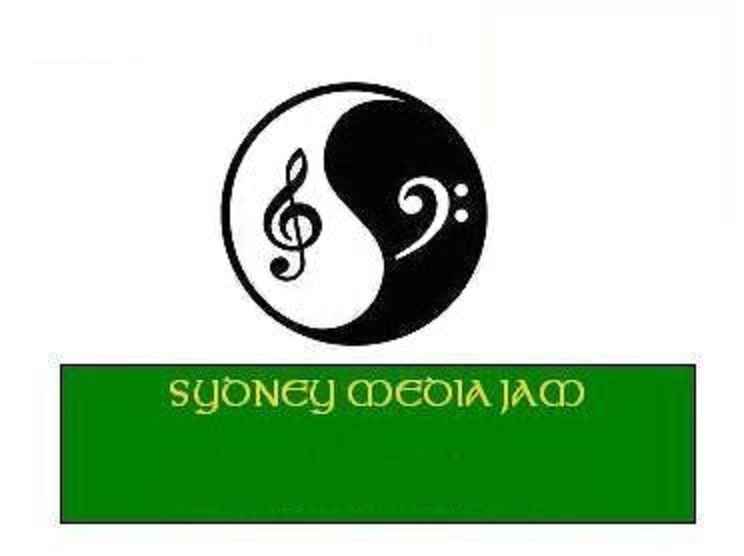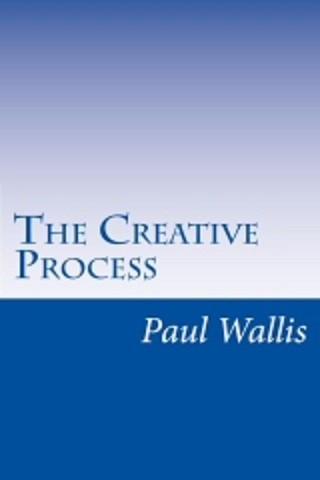Republished from one of the 3 previous crashed blogs over the last 10 years.

As the suffocating, corrupt mass of old media oozes to its grave, the question now is how to undo the damage of decades of bureaucratic tedium and futile waste of talent. The herniated mess we now see as creative media is anything but efficient. It hits saturation point far too easily. It submerges creative talent in its pointless clichés.
That’s not good. The floor is telling the world where to walk. The no-go zones are what media can’t get its under-evolved head around. New ideas have to stand in the production breadline with old crap recycled for the nth time. Highly experienced ignoramuses enforce the methods and platforms they grew up with. There’s no thinking.
There’s a reason for that. This cocooned, collegiate crudfest makes money from what it knows. It has no idea how to do that with things it doesn’t know or doesn’t recognize. The business model, in effect, is always behind the times in terms of new products.
The other problem is a curse of humanity: The assumption of superior knowledge. The theory, and academics should know better, is that quoting other people makes you right. “This is how…. So-and-so said….According to someone who has nothing to do with the subject….” This is the principle for developing creative media?
No it damn well isn’t. How do you get “qualifications” in the unknown? Real creativity is new. It’s something that hasn’t been done before. If you listen to vermin like nihilists and post-modernists, nothing is new. Bullshit. Talent creates, mediocrity imitates. (Or more often in this media excuse factory, steals.)
The fact is that with truly creative product, there’s a good chance that business won’t even know what it’s looking at, let alone understand it. Creativity is the R&D of the arts, and it’s having to deal with an obsolete knowledge base? How absurd is that?
New forms and new ideas are filtered through the entrepreneurial zeal of people who never get their heads out of a spreadsheet. The barnyard pecking order of old media also includes vetos, where someone with other agendas can block creative initiatives. That is changing, and thanks to the net, the next wave of creativity will be unstoppable, even by these morons, but the fact is that business is way behind the market.
What’s needed is a new option which allows exposure and most importantly support, financial and logistic, for creative processes. The other need is to protect new creative ideas from the venal rat hole of production economics, in which production, like administration, absorbs a disproportionate amount of resources. Real creative production can be done on a shoestring. Creative people do know how to create. It probably shouldn’t, but it can be done a lot more cost-effectively. Here again business is way too accepting and facile. It doesn’t manage creative product so much as exploit it.
The way of doing business in the creative arts needs to be reinvented. Everything from initial product “demos” to simply creating space for creativity is required. The old models just don’t work any more.
Suggestion: Chuck out the whole idea of handling media. Start with something that emphasizes the creative process. Allow the creative product to grow up. Don’t just let it sit there like a goldfish, wasting time on “procedures”.
The other problem: Marketing
It always fascinates me to see the self-righteous people assuming that money has nothing to do with creativity. Creative people need to eat. They generally prefer to have roofs over their heads. They above all don’t need distractions. The creative process is brutal, when it comes to production. The drivers are quality and ideas, and if you think money’s a tough master, they’re worse.
So how do you market something undefined, which comes from the depths of some artist?
Answer: To start with, you shut up and listen to the ideas. The old adage about “selling like soap flakes” has a lot to answer for. Some things aren’t soap flakes. You can’t sell a tractor like a hairspray and assume they’re the same thing. Creative ideas can be so far off the wall that they don’t fit the Easy Bake marketing model.
(It’s bizarre that book publishers and music industry moles don’t get this. They think market segmentation is a noun. It’s a verb. People don’t buy on the basis of some slavish devotion to demography. As for Hollywood… As far as I can tell, “new” is something they barely recognize.)
Next: You develop a profile of the idea and better ways to market it. Everything is “niche” marketing to some degree, and the idea is to find the right hole for the peg. Media isn’t a supermarket for buyers, it’s an op shop. People don’t just buy any damn thing that comes along.
So it follows that with new product, you may have to create a niche. What? Create a market? It’s quite common, actually. There wasn’t a market for cell phones before they came along. The mobile industry didn’t really exist, 20 years ago, in anything like its current form. The music industry in the 50s was a low percentile of what it became after the Beatles and Stones reinvented it in the market. This applies to every process and every product on Earth.
Let’s clarify:
- Design is art.
- Expression is art.
- Anything involving either or both is art.
- Both require creativity, whether it’s with a keyboard or a CAD program.
Creativity is going nova while the media is trying to stick it into ridiculous packets. The supply is being misdirected and getting lost in the crowd sourced oblivions, and that’s costing artists and industries a lot of money.
 Better marketing creates choices. This form of marketing just creates confusion and a tedious blundering through endless searches.
Better marketing creates choices. This form of marketing just creates confusion and a tedious blundering through endless searches.
Amazon hit the first stage of the issues squarely. It became the big source of choices for any product. eBay is similar, lots to look at, lots to explore. This is shopping, it’s just more efficient shopping.
The word is variety.
Variety offers range and scope for buyers and sellers. Amazon became an aggregator. It’s the Google News of retail. The pity of it is that it hasn’t gone further, and created a specific outlet for promotions or some other sort of “Buyers Guide/New products” marketing operation.
For creative people, it’s a cost-effective option to have the wider promotion thing operating at top efficiency. Online, it’s cheap. Amazon could do a simple paid service on a promo platform quite easily and cheaply. No need to retool or redevelop anything, just plug and pay… Couldn’t resist.
The promo platform could also go to an Amazon product page, another existing operation on Amazon, similar to a profile or CreateSpace author page. If you can stick anything on your product page, you can do a lot more. Deflecting to a website as a click through may or may not be better business in this sense.
The net doesn’t necessarily do impulse buying. People tend to be thoughtful and take their time. Exposure to a full range, yeah, but will people buy on a separate website? They’ll buy on Amazon, for sure, and you don’t have the overheads of time and space to do your own selling.
It could also promote a much higher level of creativity. Taking the “due process” into a Green Room for genuinely creative people makes them more productive. Let the spreadsheets do the work, not the people.
Creativity needs nourishment, not delirious details. It needs to go through Show and Tell, but it also needs its milk and cookies. It also prefers to think it’s not working in a nuthouse. Any creative product will behave like a child at some point, and that’s what the market is missing. A half-ass product will deliver half-ass results. A scared product will try to run away from what it doesn’t get.
In short: Create a more efficient marketing environment, and keep the bureaucracy and clever crap out of the equation. You’ll get more new product than NASA and IBM could process. The current market models are in the way of progress. Creativity produces new tech, new lifestyles and new ideas. Creativity produced fire and the wheel.
Get out of the bloody way, help where you can, and at least recognize what you’re dealing with. The rest will follow.

